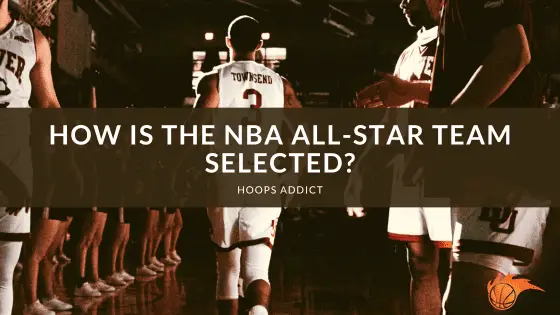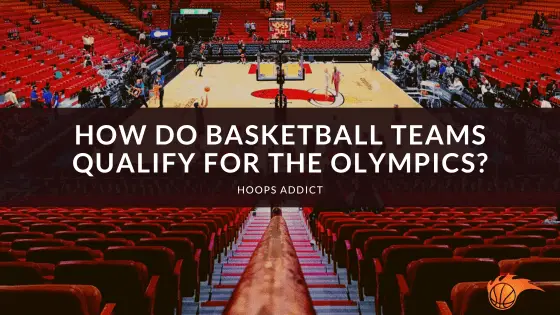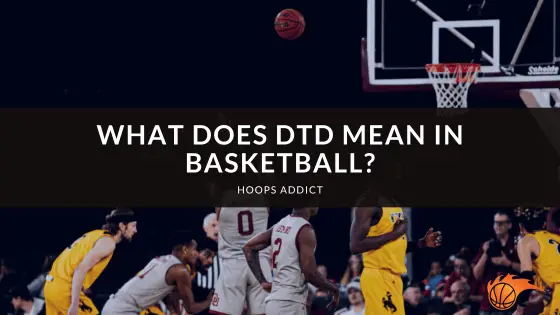There is no better momentum play in basketball than a rim-rattling dunk. In these situations, you may sometimes see NBA players glide in the air, slam the ball to the hoop, and hang on to the rim in a showboating manner. And then the whistle blows– a technical foul has been called. As fans, one question is looming in your head: Why? Why are NBA players not allowed to hang on the rim, and are there instances when they are permitted to do so? Read on and find out.
 Are NBA Players Allowed to Hang on the Rim?
Are NBA Players Allowed to Hang on the Rim?
The answer to that question is a yes and a no. Yes, players can hang on the rim for a while to prevent injuries. For example, Anthony Davis hangs on to the rim longer than others because of his injury history. AD tries to slow down the natural body pendulum-like swing every time he dunks and then lets go of the rim after. This helps brace his “fall,” minimizing injury risk as he breaks free. Of course, that doesn’t always work, especially with Davis, but it’s worth a try.
On the other end of the spectrum, there are instances where NBA players are not allowed to unnecessarily make pull-up and monkey bars out of rims. A dunk is a potent way to demonstrate your scoring skill. However, players occasionally linger too long on the rim out of spite and even yell or stare down at the opposing players.
If that’s what’s happening, a player will be called for a taunting technical foul. Sometimes, hanging on to the rim to showboat builds up anger and animosity between opponents and may lead to fights.
 Why Can’t NBA Players Hang on the Rim?
Why Can’t NBA Players Hang on the Rim?
NBA players are actually allowed to hang on the rim under specific circumstances. However, rules and guidelines are in place to prevent excessive or unnecessary hanging on the rim to maintain safety and fair play during games.
The rule governing hanging on the rim is often referred to as the “unsportsmanlike conduct” or the “NBA hanging on the rim rule.” According to this rule, players are generally allowed to hang on the rim after a dunk or layup if they do so to avoid injury to themselves or others. For example, suppose a player dunks with significant momentum and could potentially land awkwardly and risk injury. In that case, they may be allowed to hang on the rim to ensure a safe landing briefly.
However, players are not allowed to hang on the rim in a manner that delays the game, shows unsportsmanlike conduct, or taunts opponents. Intentionally hanging on the rim to show off, interfere with an opponent’s play, or cause unnecessary delays can result in a technical foul or other penalties.
The rule’s primary purpose is to prevent dangerous situations where players might land awkwardly and injure themselves or others while discouraging unsportsmanlike behavior on the court. By allowing reasonable and safe instances of hanging on the rim while penalizing excessive or unnecessary actions, the NBA aims to maintain fair play and player safety during games.
 NBA Rulebook on Hanging on the Rim
NBA Rulebook on Hanging on the Rim
Speaking of the NBA “hanging on the rim” rule, here is the specific text under Section IV of “Technical Foul:” “An offensive player who deliberately hangs on his basket ring, net, backboard or support during the game shall be assessed a non-unsportsmanlike technical foul.”
The exception under this rule is: An offensive or defensive player may hang on the basket ring, backboard or support to prevent an injury to himself or another player, with no technical foul assessed.
Other instances where NBA players may hang on to the rim are when attempting to block an opponent’s shot or redirect their own missed shots to the rim. The former will be assessed as a non-unsportsmanlike technical foul, which means a free throw plus ball possession to the opponent. The latter is a variation of offensive basketball interference or offensive goal-tending. The basket won’t count, and the ball possession is awarded to the opposing team.
 How Long Can You Hang on the Rim?
How Long Can You Hang on the Rim?
There isn’t any reason to believe the referees are specifically counting the seconds, but the players are allowed to hang only for a brief moment. They may be allowed to hang longer if they can’t find a safe landing spot for their feet due to the congestion of bodies inside. Anything longer, and objectively more menacing than that will be called a technical foul.
Here is something from the league’s video rulebook on rim-hanging: “This is an example of a non-unsportsmanlike Technical Foul for hanging on the rim. The offensive player, Josh Okogie, pulls himself up on the rim and kicks his legs into the air following his successful dunk. Players are not allowed to pull themselves up on the rim, nor are they allowed to hang on the rim after a dunk attempt, unless they are doing so to avoid injury to themselves or another player.”
 Why Do Some NBA Players Hang on the Rim After Dunking?
Why Do Some NBA Players Hang on the Rim After Dunking?
Some NBA players hang on the rim after dunking for different reasons. Still, it’s essential to note that this behavior is not always acceptable and can lead to technical fouls if done excessively or unnecessarily. NBA referees may render a quick whistle on a given night, so players must be aware of the penalties if they hang onto the rim too long. Here are some of the reasons why players might hang on the rim after a dunk:
1. To show style and emotion
Dunking is an athletic feat, and if you happen to showcase that skill, especially over a difficult challenge, it’s impossible not to let out some emotion. Because of the adrenaline pumping through the veins after a dunk, some players may hang on to the rim for added flair.
2. To stop the momentum
When players dunk with a lot of force and momentum, they may naturally hang on the rim briefly to ensure their safety. Hanging on the rim can prevent them from falling awkwardly and potentially getting injured.
Here’s a video of LeBron James trying to brace his momentum after a nasty dunk by hanging on the rim. He was still called for a technical foul, though, because he pulled himself up afterward:
3. To avoid bumping into players underneath them
While excessive or unnecessary hanging on the rim can result in a technical foul, some players might gauge the situation and hang on the rim briefly to avoid any potential technical foul for landing unsafely or colliding with others.
5. To avoid non-contact injuries
Bigger players could incur injuries after landing on a powerful dunk. For this reason, as previously noted in the previous section about Anthony Davis, they may choose to come to a near-stop before letting go of the rim.
6. To taunt
This is obviously an automatic technical foul, but sometimes the players just can’t stop themselves in the heat of the moment. In the video below, Clint Capela showed his strength by hanging on the rim, and the referees called a taunting tech on him.
Wrapping Things Up: Why are NBA Players Not Allowed to Hang on the Rim?
Admit it: As a fan, it builds up excitement if a player shows emotion after a thunderous dunk and hangs on the rim. There is something about NBA players hanging on the rim that makes fans feel alive. To many, it feels like a bummer that the NBA tries to cancel these types of plays.
That’s why many wonder and ask, “Why are NBA players not allowed to hang on the rim?” Excessive hanging on the rim will result in technical fouls and is considered taunting. A hanging on the rim technical foul results in a free throw and ball possession and could potentially change the game’s complexion. That’s why NBA players must keep their emotions in check before making a monkey bar out of the rim.
We hope you enjoyed this post! If you did, be sure to check out our other basketball FAQ articles here.

 Are NBA Players Allowed to Hang on the Rim?
Are NBA Players Allowed to Hang on the Rim? Why Can’t NBA Players Hang on the Rim?
Why Can’t NBA Players Hang on the Rim? NBA Rulebook on Hanging on the Rim
NBA Rulebook on Hanging on the Rim How Long Can You Hang on the Rim?
How Long Can You Hang on the Rim? Why Do Some NBA Players Hang on the Rim After Dunking?
Why Do Some NBA Players Hang on the Rim After Dunking?

